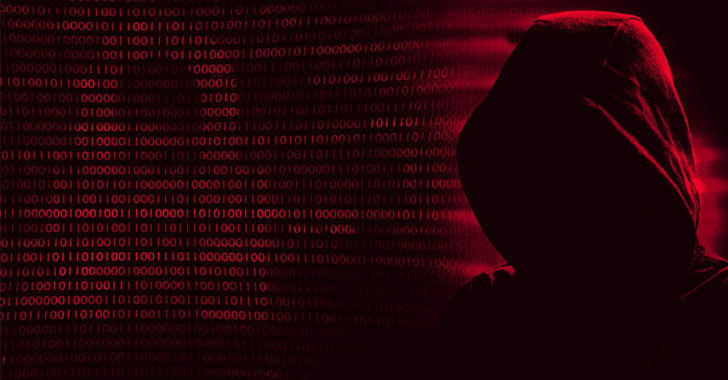As lockdowns and stay-at-home orders persist, protecting the remote workforce will be enterprises’ prime focus in 2021. But as enterprises continue working remotely with very few making a complete return to the office, securing the remote workforce is proving challenging, according to research from Cato Networks.
In its fifth annual IT survey, The future of enterprise networking and security: are you ready for the next leap, the secure access service edge (SASE) platform provider surveyed 2,376 IT leaders to gain detailed insight into how IT organisations have responded to the pandemic and their plans for 2021.
The study revealed that IT teams struggled in the early days of the pandemic, rushing to meet the urgent need for widespread remote access. With only 7% of respondents indicating that everyone will move back to the office, four-fifths of the sample said their companies would continue with a remote workforce in whole or in part.
Connecting users often came at the expense of other factors, such as security, performance and management. As most respondents (81%) expect to continue working from home (WFH), 2021 will see enterprises address those other areas, evolving their remote access architectures to protect the remote workforce without compromising on the user experience.
Yet securing the remote workforce has proved challenging for IT professionals. Enforcing corporate security policies on remote users was the second most common security challenge (58% of respondents) while 57% indicated they lacked the time and resources to implement recognised security best practices. Boosting remote access performance was found to be the most popular use case for 2021, by 47% of respondents.
SASE was also an increasing focus for enterprises in post-pandemic 2021, with as many as 91% of respondents expecting SASE to simplify management and security. Half of respondents (52%) said SASE would be very or extremely important to their businesses post-Covid-19 and 91% of respondents expected SASE to simplify management and security.
Providing evidence of how SASE is benefiting organisations, Cato found that of those firms that had already adopted SASE, 86% experienced increased security, 70% indicated time savings in management and maintenance, 55% indicated overall cost saving and greater agility, and 36% saw fewer complaints from remote users. Just over one-third (36%) of respondents realised all these benefits.
Cato felt it was no surprise that this year’s survey found that most respondents (58%) made enforcing corporate security policies on remote users the second most popular security challenge. And despite a massive investment in scaling VPN resources (by 72% of respondents) at the start of the pandemic, boosting remote access performance was the most popular use case confronting IT in 2021, acknowledged by 47% of respondents, up from being the least popular use case in last year’s survey.
Worryingly, the survey also showed that for many organisations, security is becoming too complicated and too difficult to implement. Most respondents (57%) felt they lacked the time and resources to implement recognised security best practices. Even something as basic as quickly patching software and systems posed a challenge for 32% of respondents.
“The true test for any enterprise network is how easily it accommodates the unexpected,” said Shlomo Kramer, CEO and co-founder of Cato Networks. “The right architecture helps IT avoid spending long hours and significant budget responding to a sudden shift in business requirements. A true SASE platform delivers global, cloud-scale networking and security to dynamically adapt to whatever comes next.”













